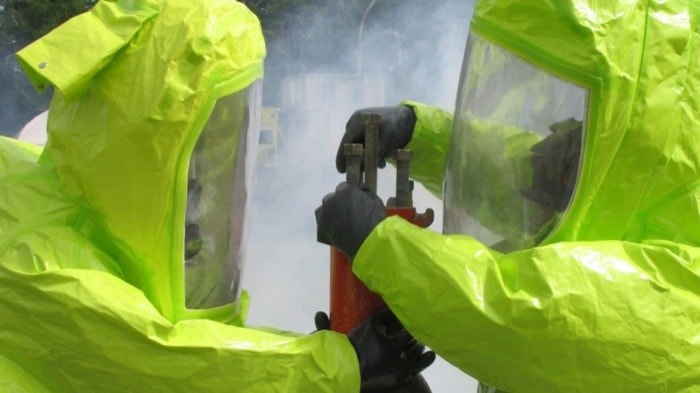Somewhere in North Surrey, a contractor errantly strikes an underground pipeline.
It causes a spill of something. Exactly what it is, is unknown.
The accident, which should have been caught on SCADA (Supervisory Control and Data Acquisition) a high-tech control centre for transmission pipelines.
A recent study authored by Charles Jennings, U.S. public policy expert indicates the public spots the leaks well before it's picked up by SCADA.
Timeliness of response is "the most important step in incident management," Jennings writes in the 2014 report to the U.S. Transportation Research Board.
The worker likely reported it to his boss, who may call another superior before emergency crews are called.
The clock is ticking.
Surrey Fire crews arrive, locate the general area of the leak, but can't say for certain what it is.
Several pipelines exist in some areas, and some of them can carry different hazardous materials at different times.
Knowing what is spilling can mean the difference in how the leak is attacked, whether Hazmat teams are required, and whether the nearby public has to be evacuated.
SCADA needs to be informed to shut down valves, however, even when they are, a leak is likely to continue, Jennings writes.
The secret to a successful response is closing the communications gaps that exist.
Jennings will be a Surrey City Hall in the council chambers on Tuesday, Sept. 15 from 1 p.m. to 3 p.m. to give a seminar titled: Pipeline Emergencies: Planning to Bridge the Communications Gap.
Tickes are $150. Space is limited to 200 people. More information and registration is available at www.ufv.ca/research/pipeline.
